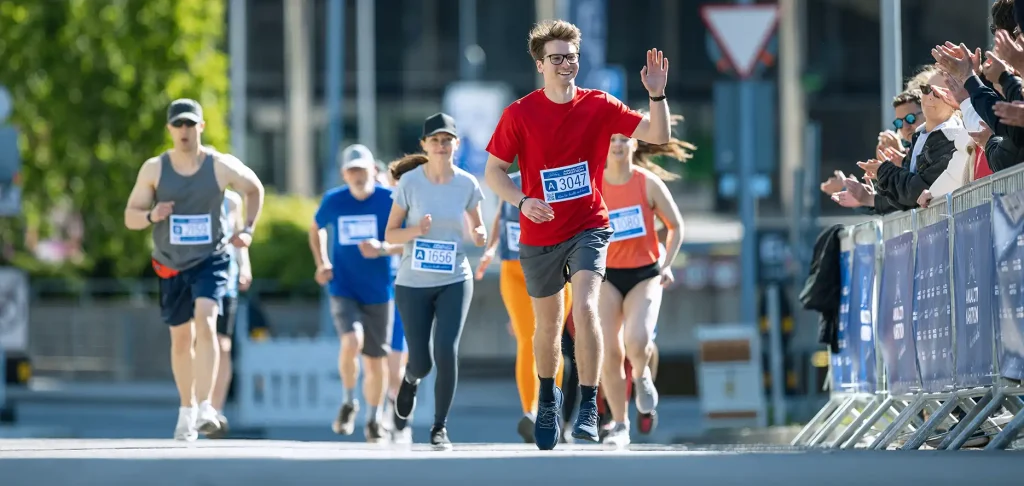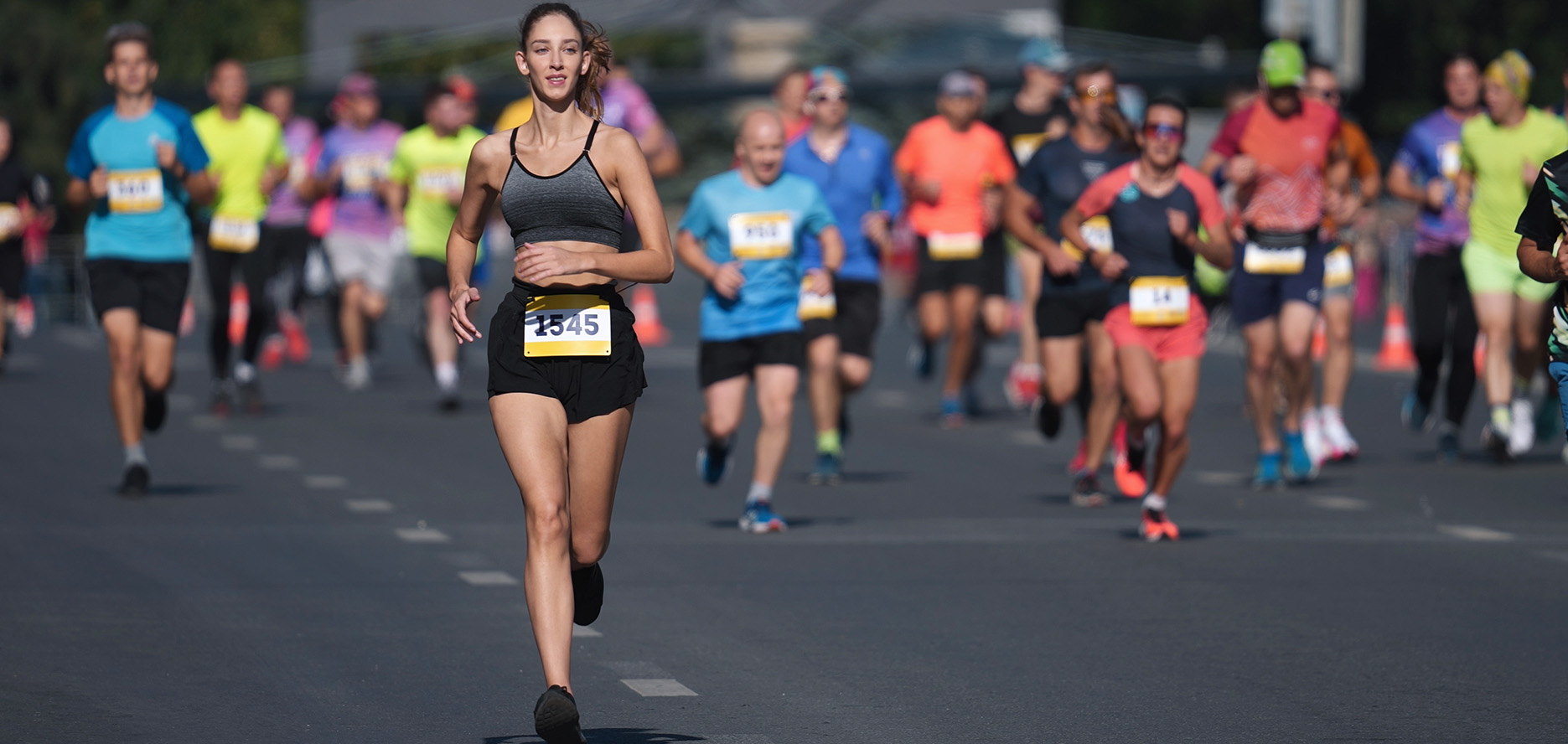As the popularity of marathons continues to grow throughout the U.S., increasingly more runners are crossing finish lines. Yet even amid mounting figures, a new study finds a silver lining: fewer and fewer are perishing from cardiac-related issues as a result of a run.
That’s the bottom line from a study conducted by Dr. Jonathan Kim, an expert in cardiology and associate professor of medicine at the Emory School of Medicine. His recent paper, which appears in JAMA, is an update to a 2012 study that was the first of its type to study sudden cardiac arrests during long-distance running events.
This recent study makes sure that the amount of cardiac arrests during marathons has not really decreased over time, but the number of fatalities plummeted. The survival rate for a cardiac arrest that took place at a marathon effectively doubled over the last decade.
A Consistent Hazard, But Improved Results
Between 2010 and 2023, more than 29 million finished marathons in the United States—three times as many as in the last ten years. But the rate of cardiac arrests was mostly unchanged: 0.60 for every 100,000 finishers in the more recent decade, versus 0.54 in the earlier one. The nature of the difference is in outcomes. Between 2000 and 2009, 0.39 of every 100,000 marathon finishers perished from a cardiac-related event. That is down to 0.19—a drop by 50%.
Collecting the Data
One of the greatest difficulties faced by Kim’s team was collecting credible data. There’s no centralized database monitoring race-related cardiac arrests, so the team had to build their own database from scratch. This meant calling hundreds of race directors nationwide—about 70% repliedand scouring public internet sources at length.

We began with the media accounts and then contacted race officials for verification and further information,” says Kim. His team relied on public search engines to identify almost all known cases, including survivor reports and, when possible, next-of-kin interviews for deceased runners.
Not different from Kim’s previous work, cardiac arrests were still more prevalent among men than women and occurred more during full marathons compared to half marathons.
The Reason More Runners Are Surviving
So what is the reason for this dramatic enhancement in survival rates? Kim cites one of the biggest reasons: enhanced emergency readiness. All survivors interviewed were immediately given CPR, and most had access to an Automated External Defibrillator (AED) at the scene.

The effect of AEDs extends beyond marathons. Airports, casinos, and other public areas where AEDs are present have also seen improved results for victims of cardiac arrest. This emphasizes the increasing need for CPR certification and access to AEDs—something general cardiology specialists frequently push for in both sporting and public health settings.
For instance, patients visiting a general cardiology specialist before an event can receive required tests that can detect risk factors and provide individualized advice.
A Change in Race Safety Culture
In the opinion of Kim, long-distance running has never been more aggressive about cardiac safety. There are CPR-trained volunteers at most races, and thoughtfully positioned AEDs along the route. Thus, early intervention will save lives.

Pre-event tests are also essential. Kim asserts that older people or those with chronic cardiovascular diseases need to be properly screened before endurance racing. In Arizona, for instance, patients visit heart specialists in Buckeye for preventive tests prior to marathons or intense exercise.
The same can be said of sportists seeking specialist advice from a cardiology specialist in Buckeye, where home care can be a matter of life and death in spotting silent heart conditions before they hit crisis point. Such specialists work alongside heart specialists in Buckeye to ensure patients are race-ready.
What’s Next?
While the frequency of sudden cardiac arrest during marathons hasn’t risen in over 20 years, survival rates have dramatically improved. Kim believes much remains to be done—especially in communicating with runners, race directors, and the broader medical community.
As increasing numbers of people are embracing endurance running, Kim’s result presents a beacon of hope—and an even better case for ongoing investment in emergency readiness, athlete education, and pre-emptive heart care under the direction of experts such as cardiology specialists in Buckeye and general cardiology specialists nationally.Without any delay, get in touch with experts at Advanced Cardiovascular Center for timely treatment — with clinics in Sun City and Goodyear, Arizona, we proudly serve patients from neighboring towns and surrounding areas.



